New Zealand’s energy sector grapples with a perfect storm of challenges. Hydropower, which provides 65% of the country’s electricity, faces unpredictable supply due to dry weather.
Gas shortages plague the nation after a ban on new exploration. The electricity market design proves inadequate for maintaining stable prices and supply.
How reliable is hydropower in reality?
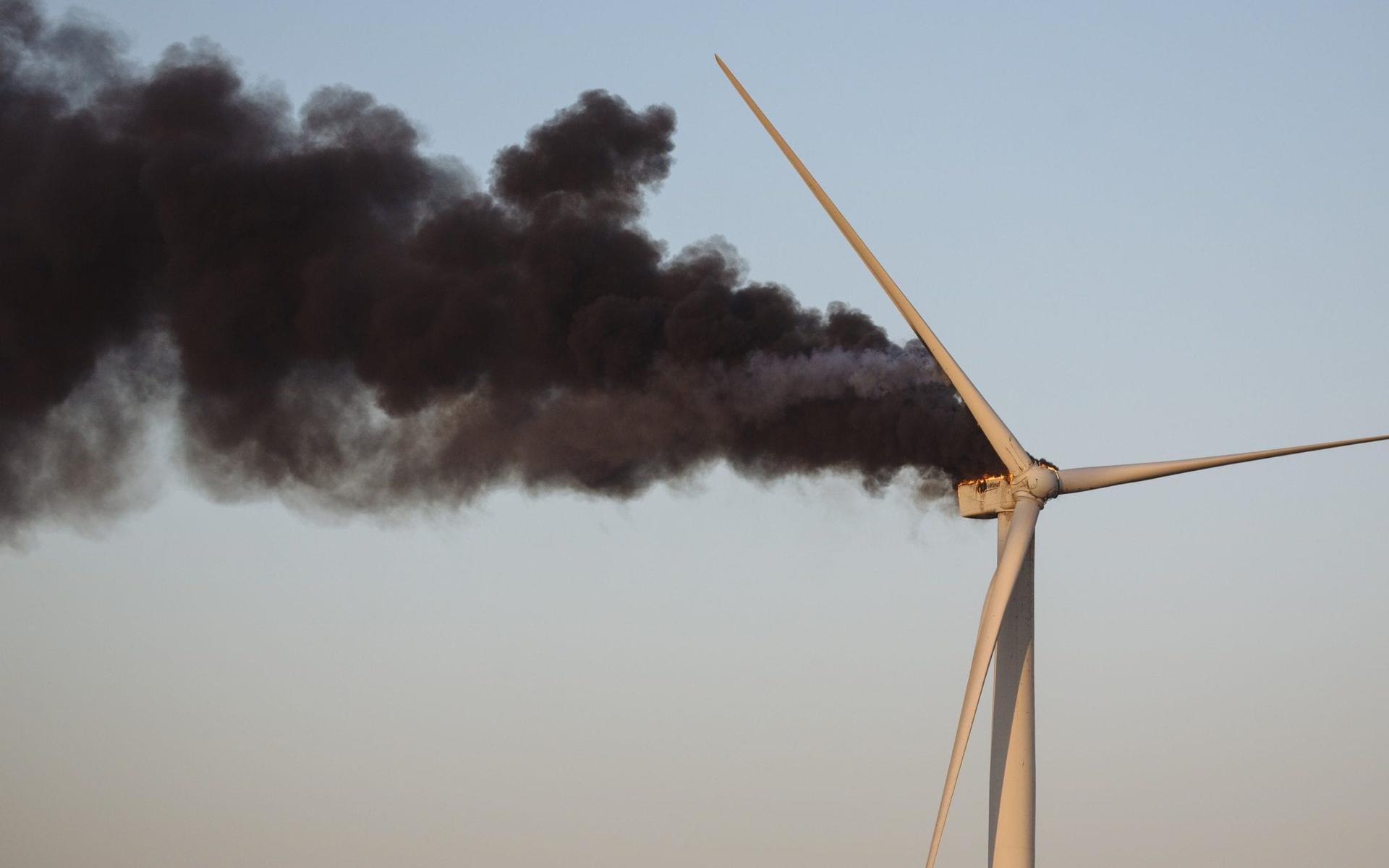
Hydropower’s reputation for reliability falters in dry years. New Zealand loses about 10% of its generation capacity during such periods.
Current reservoir levels sit at a dangerous 30% below average. This shortfall exposes the vulnerability of hydro-dependent systems to climate variations.
What caused the gas supply shortage?
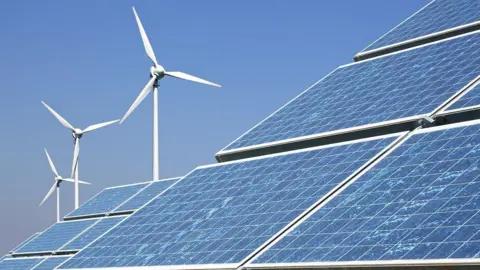
A 2018 policy decision banned new gas exploration in New Zealand. This move aimed to reduce carbon emissions but led to unintended consequences.
Gas-fired power stations, once providing 20% of the country’s electricity, now struggle to operate. Experts estimate it will take 5-7 years for new exploration to yield results.
Can coal save the day?
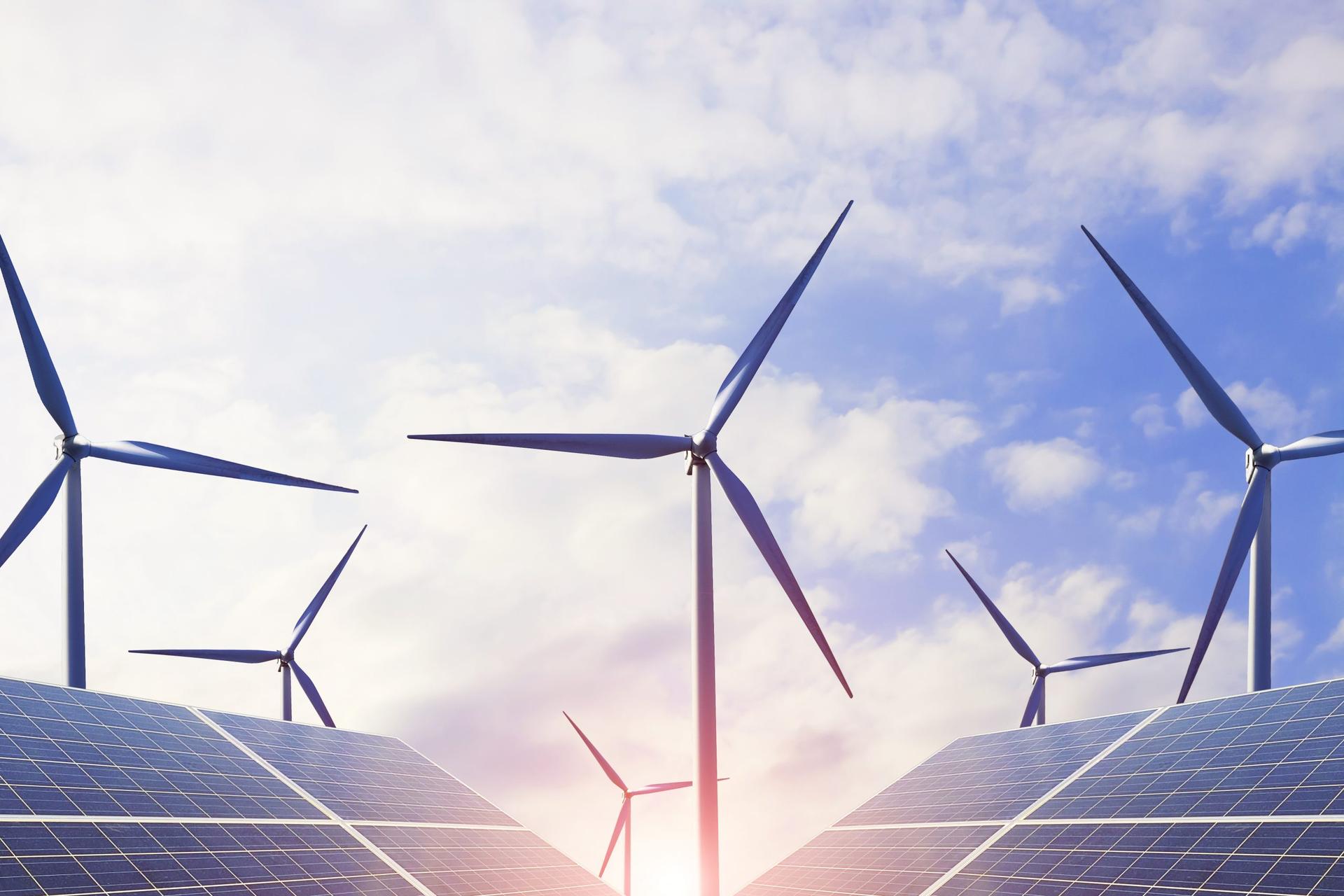
New Zealand’s single coal-fired power station faces its own challenges. Insufficient stockpiles limit its ability to compensate for other shortages.
The electricity market fails to incentivize maintaining adequate coal reserves. Industry insiders reveal that importing 30 shiploads of coal would be necessary to shore up supplies.
How did the market design fail?
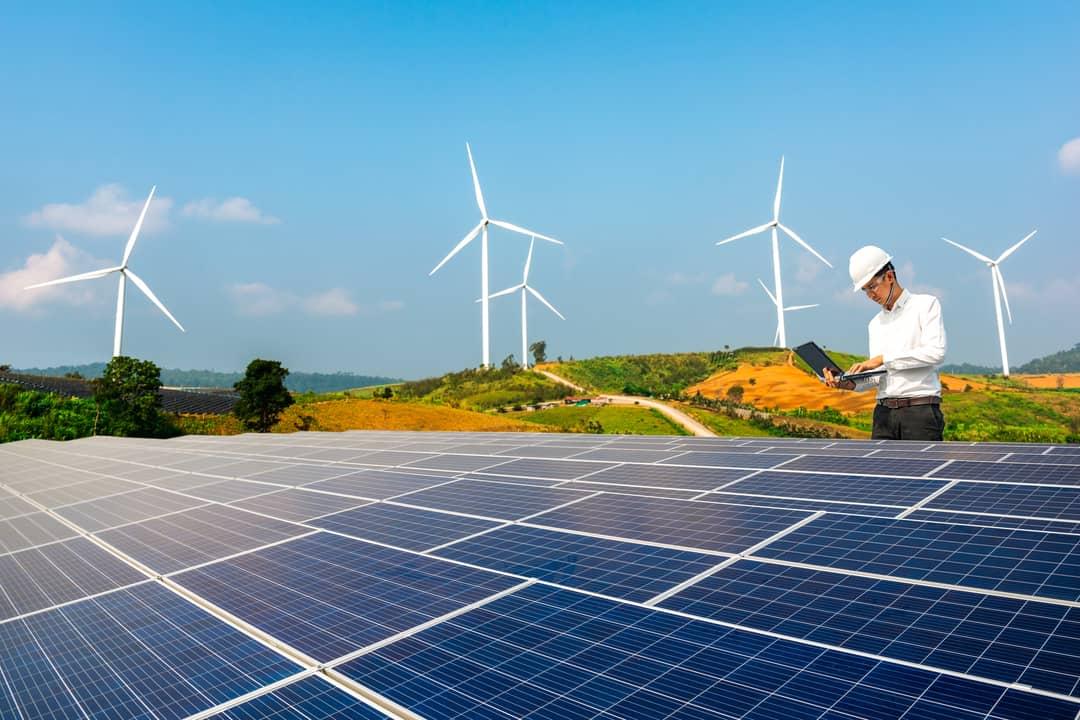
New Zealand pioneered an electricity market model that proved risky. The system assumes electricity behaves like other commodities, which experts now dispute.
Wholesale prices have skyrocketed to £1/kWh, 20 times the normal rate. This surge forces factory shutdowns and threatens economic stability.
What’s the impact on industry and consumers?

Soaring electricity prices ripple through the economy. Several factories have already ceased operations due to unsustainable energy costs.
Analysts predict a potential 5% drop in GDP if the crisis persists. Consumers face the prospect of rising utility bills, with some estimates suggesting a 30% increase.
Is ‘Net Zero’ policy to blame?
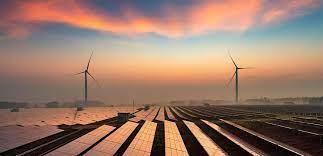
The pursuit of carbon neutrality contributed to the current crisis. Policies aimed at decarbonization inadvertently destabilized the energy sector.
The ban on gas exploration exemplifies this unintended consequence. Critics argue that the rapid transition to renewables overlooked the need for reliable baseload power.
What are the short-term solutions?
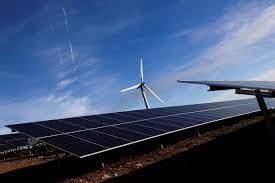
Authorities consider drastic measures to avert disaster. Rolling blackouts emerge as a possible, though unpopular, option. A public conservation campaign could reduce demand by up to 10%.
Government intervention may force gas and coal plants to operate at full capacity. However, fuel shortages limit the effectiveness of this approach.
How will this affect long-term energy planning?
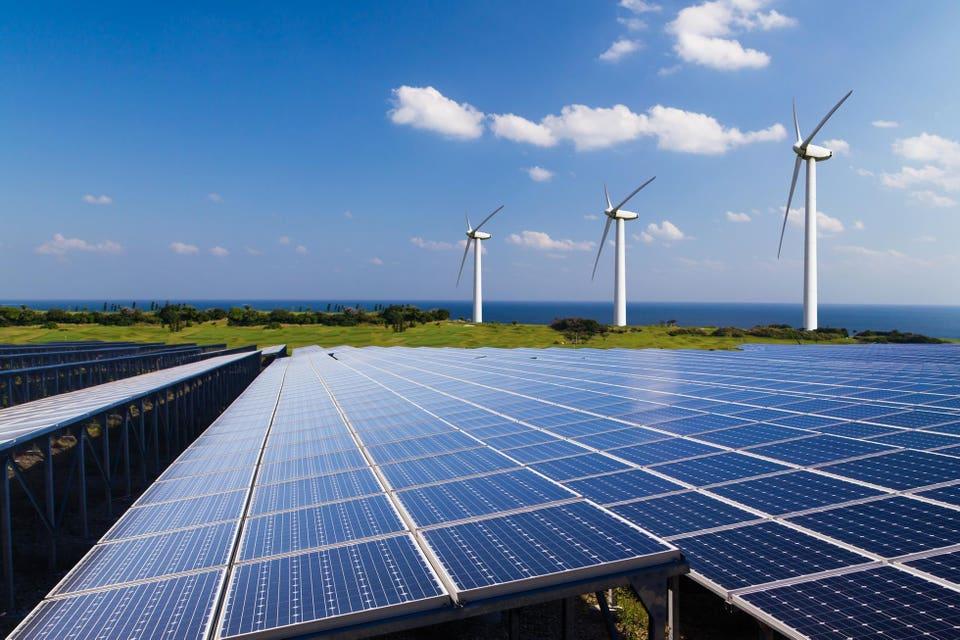
New Zealand’s energy crisis serves as a wake-up call for policymakers. The experience highlights the need for diverse, reliable power sources.
Experts call for a reassessment of the country’s energy mix, including potential nuclear options. Long-term planning must balance renewable goals with practical realities.
Could this happen in other countries?
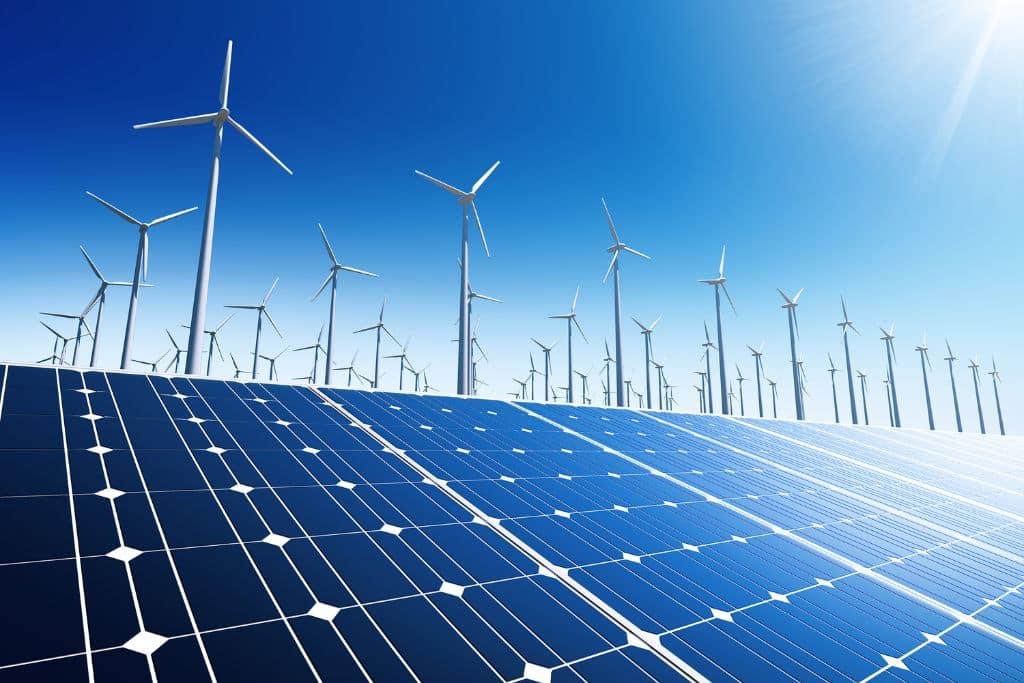
New Zealand’s situation offers a cautionary tale for nations pursuing aggressive renewable energy targets. Countries like the UK, which relies on interconnectors for 10% of its electricity, face similar vulnerabilities.
Energy experts warn that without careful planning, other nations could face comparable crises. The global push for ‘Net Zero’ must contend with the fundamental need for reliable, affordable power.

